If you want year round cardio without leaving the house, a Running Machine is the most versatile piece of kit you can buy. The right model helps you meet NHS activity targets with brisk walks, steady state runs and interval work while keeping training convenient and weather proof. In this guide you will learn how to choose a Running Machine for your space and budget, which specs actually matter, and how to train smarter with features like heart rate, incline and cushioning. We will pull in what independent testers and award lists say, show how to cut noise in flats, and finish with a practical 4 week plan you can start today. nhs.uk+2The Guardian+2
1) Why a Running Machine belongs in your home gym
A Running Machine earns its footprint because it turns the most effective habit, walking and running, into a simple daily routine. The NHS recommends at least 150 minutes of moderate activity a week or 75 minutes vigorous, plus strength training twice weekly. A treadmill makes those minutes predictable and measurable. Even a brisk 10 minute walk counts and is easy to fit between meetings. nhs.uk+1
Outdoor running is brilliant, yet many people miss sessions because of darkness, rain or time constraints. At home you can maintain cadence and heart rate, stack a short mobility circuit on the end, and stop the moment a child wakes. Consistency usually improves when the Running Machine is visible and ready.
Unique insight: Keep a small fan, a towel and a filled bottle on the console. Comfort extends sessions, which is the quiet way to increase weekly training volume.
2) How to choose the right Running Machine
Match the machine to your goals and space
- Beginner fitness and walking focus: look at walking pads or compact folding decks with moderate top speed.
- General running and intervals: a mid range folding Running Machine with a stable frame, 2.5 to 3.0 CHP motor, decent cushioning and at least a 140 x 48 cm belt.
- Serious runners: a sturdier fixed frame, 3.0 CHP or more, wider deck and higher top speed for sprint intervals.
Retailer guides commonly segment by these needs and will flag models that suit small rooms or office use. Fitshop+1
Foldable vs fixed frames
Foldable designs save space after use, which suits flats. Fixed frames feel more planted at higher speeds but can still be compact if chosen carefully. Many award lists now include auto folding options that set up in seconds. Men's Fitness
Walking pad vs full treadmill
Walking pads are great for step counts and light jogging while working or watching TV. They usually have shorter belts and lower power, so they are not ideal for regular high speed runs. Operating cost is low and noise is modest if you keep speeds sensible. The Guardian
Budget ranges and what to expect at each level
- Under £400: walking pads and basic folding models made for walking and gentle jogs.
- £400 to £800: stronger folding frames, better cushioning, more reliable motors and useful app features.
- £800 and up: higher continuous horsepower, wider decks, incline and decline, better consoles and longer warranties. Testers often rank these as best overall for keen runners. The Guardian+1
Unique insight: If you must pick one upgrade, choose a better deck and belt size over extra app features. Running comfort drives session length and technique quality.
3) Key specifications decoded
Motor power and CHP
Manufacturers quote continuous horsepower to indicate the power the motor can sustain. JLL’s buyer tips outline a helpful rule of thumb. Around 1 CHP is fine for brisk walking, about 2 to 2.5 CHP suits light running, and 3 CHP or more is smoother at high speed and better for sprints. Look for honest CHP ratings rather than peak numbers. JLL Fitness
Belt size and deck cushioning
Taller runners and anyone who likes a long stride will want a longer belt. Some UK guides suggest 56 inches for running for taller users, with 60 inches for users above 6 feet 5. Wider belts feel more stable during intervals. Cushioning reduces impact forces and helps with joint comfort, which many product pages and guides highlight as a selling point. UK Fitness Equipment+1
Incline, decline and speed
Incline adds intensity without excess speed. That is useful in shared buildings since slower foot strike is quieter. Decline is a nice to have for downhill practice, mostly on premium models. Top speed matters only if you do sprint work. Editorial shortlists often list incline range as a key spec. The Guardian
Connectivity, apps and entertainment
App support is common. Some treadmills sync with Zwift style platforms, others offer guided workouts. Choose the ecosystem you will actually use. A simple tablet holder plus your favourite training app is often enough. Retailers and awards both call out app ecosystems in their pros and cons. TalkSport+1
Unique insight: A reliable chest strap improves heart rate accuracy on any machine. If your budget is tight, spend on the strap and deck rather than a premium console.
4) Running Machine types explained
Classic motorised treadmills
These are the most common, providing steady belt speed, incline and programs. They suit everything from couch to 5k to marathon training. You will find them across all budgets on category pages and in most best list roundups. Argos+1
Curved and non motorised decks
A curved manual deck uses your stride to drive the belt. Testers often praise the intense feel and the way it rewards good technique. Speed changes are instant because you control the belt directly. These models are popular with interval lovers and minimalist runners. Men's Fitness
Compact walking pads and under desk options
Perfect for small flats and home offices. They are not built for repeated fast running but excel at keeping daily activity up with low noise, low power draw and tidy storage. The Guardian
Unique insight: Many households thrive with a walking pad for easy steps plus occasional access to a fuller Running Machine at a local gym. That hybrid approach is budget friendly.
5) Noise, vibration and safety in small homes
Noise has two parts. Impact from foot strikes and hum from the motor. Use a dense equipment mat, keep the machine level and lubricate the belt as the maker recommends. Train at a slightly steeper incline with a touch less speed to reduce foot slap without losing cardio load. Category pages and product tests frequently discuss quietness and cushioning in their summaries. Fitshop+1
Safety basics matter. Use the safety key, keep kids and pets away, and avoid distractions during intervals. If you are new to running, start with brisk walks and short jogs and build up. The NHS walking guidance makes it clear that short, brisk sessions still count. nhs.uk
6) Evidence based training on a Running Machine
Zone 2, intervals and weekly structure
A simple way to meet NHS guidance is two or three 30 to 40 minute sessions each week at an easy pace where you can talk in full sentences. Add a short interval session if you enjoy variety. The NHS recommends 150 minutes moderate or 75 minutes vigorous, and a Running Machine makes progression straightforward. nhs.uk
Using heart rate straps vs watches
Wrist sensors can drift during sweaty intervals. Chest straps usually track changes more steadily, which is useful when you do hill reps or tempo runs. Several award lists and buyer reviews discuss accuracy and app syncing as key deciding factors. Men's Fitness
Unique insight: If you only change one habit, start every session with a two minute easy walk, then a gradual ramp. Warm legs land more softly, which is the simplest noise reducer in flats.
7) Real world examples and test winners
Independent lists for 2025 highlight a spread from premium interactive machines to budget foldables. The Guardian’s quick picks cover a best overall, best budget and best folding, while Men’s Fitness includes curved manual options and auto folding designs. This mix shows how wide the category is and why defining your goal first is essential. The Guardian+1
Sales stories from major retailers also give clues. Seasonal discounts on known models can shift value significantly, so if you are not in a rush, watch for price drops on reputable frames with proven motors and decks. TalkSport
8) Buying checklist and common pitfalls
Warranty, aftercare and maintenance
Look for at least 1 to 2 years parts and labour and longer on the motor where possible. Keep a small bottle of approved lubricant for the belt and follow the schedule in the manual. Regular lubrication lowers heat and noise and extends life. Category pages and buying guides regularly point to lubrication as essential care. Fitshop+1
Fit before features
Choose belt length and cushioning that support your stride before chasing entertainment extras. Guides that give belt length ranges by height are especially helpful. UK Fitness Equipment
Common pitfalls: buying the smallest deck to save space, ignoring electrical socket locations, and storing a folding unit somewhere awkward that discourages use.
9) A 4 week home treadmill plan
Weekly template
- Day 1 Cardio steady: 30 minutes easy Zone 2. Keep breathing steady and cadence relaxed.
- Day 2 Strength at home: bodyweight or bands for 20 to 30 minutes.
- Day 3 Intervals: 5 minute warm up, then 6 to 8 rounds of 60 seconds brisk, 60 seconds easy, finish with 5 minute cool down.
- Day 4 Optional walk or mobility: 15 to 20 minutes brisk walk while watching TV.
This plan totals around 90 to 120 minutes in week one. Add 5 minutes to Day 1 in weeks two and four and add one interval round in week three. That progression helps you approach or exceed NHS activity targets in a controlled way. nhs.uk
Unique insight: If impact bothers your knees, keep incline at 1 to 2 percent and cut top speed slightly. Perceived effort stays similar and foot strike is softer.
Custom image and infographic concepts
1. Running Machine Size and Space Planner
- Visual: top down diagram showing a compact flat with a folding treadmill footprint, safe clearance behind the deck, and storage position.
- Alt text: “Running Machine space planner showing folded and unfolded footprints for small UK flats.”
2. Motor, Belt and Cushioning Decoder
- Visual: infographic that labels motor CHP, belt dimensions, roller size and deck cushioning zones, plus a quick chooser table by height and goal.
- Alt text: “Running Machine spec guide with CHP ranges, belt size by height and cushioning zones.”
3. Noise and Safety Checklist
- Visual: checklist poster with icons for equipment mat, lubrication, incline at 1 to 2 percent, safety key, and fan placement.
- Alt text: “Running Machine noise reduction and safety checklist for home gyms.”
Quick takeaways
- A Running Machine makes NHS activity targets easier to hit with short, regular sessions. nhs.uk
- Get the deck right first. Belt length, width and cushioning matter more than flashy screens. UK Fitness Equipment
- Pick a model that suits your space. Folding frames and walking pads serve small flats well, but full frames feel better for fast runs. The Guardian
- Use a chest strap for steadier heart rate during intervals if you train by zones. Men's Fitness
- Reduce noise with a dense mat, good lubrication and a little incline. Fitshop
Conclusion
A Running Machine is still the most practical way to lock in regular cardio at home. Start by matching the machine to your goals and room, then focus on specs that influence comfort and performance, especially belt size, cushioning and honest CHP ratings. Choose features you will actually use and set up a simple training routine that you can repeat most weeks. With a plan that blends easy steady sessions, a touch of interval work and brisk walks on busy days, you will make steady fitness progress while keeping impact manageable. If you are ready to move, shortlist two models that fit your footprint and budget, stand on the decks if you can, and pick the one that feels stable underfoot. The right Running Machine will make the next thousand kilometres feel smooth and achievable. JLL Fitness+1
FAQs
1) What belt size should I look for on a Running Machine if I am tall
If you are over about 5 feet 7, look for at least 56 inches of belt length for running, and longer again if you are above 6 feet 5. Wider belts also feel more stable during intervals. UK Fitness Equipment
2) Are walking pads a good alternative to a full treadmill
They are an excellent choice for step counts and gentle jogging in small spaces. They are not designed for repeated fast runs, but they are quiet, tidy and affordable to operate. The Guardian
3) What motor power do I need on a Running Machine
CHP is the useful number. Around 1 CHP suits brisk walking, 2 to 2.5 CHP suits light running, and 3 CHP and above feels smoother for high speed work. JLL Fitness
4) How can I reduce noise for neighbours
Use a dense mat, keep speeds slightly lower with a little incline, ensure the machine is level and keep the belt lubricated. These steps reduce impact and hum. Fitshop
5) Are award lists and best of roundups useful when choosing
Yes, because they flag build quality patterns and highlight value at each budget. Read them to learn what testers prioritise, then check the specs that matter for your stride. The Guardian+1
We would love your feedback
Which Running Machine features make the biggest difference for your training at home.
Tell us below and share this guide with a friend who wants a simple way to get their weekly cardio in. What is the one feature you would upgrade first on your current treadmill


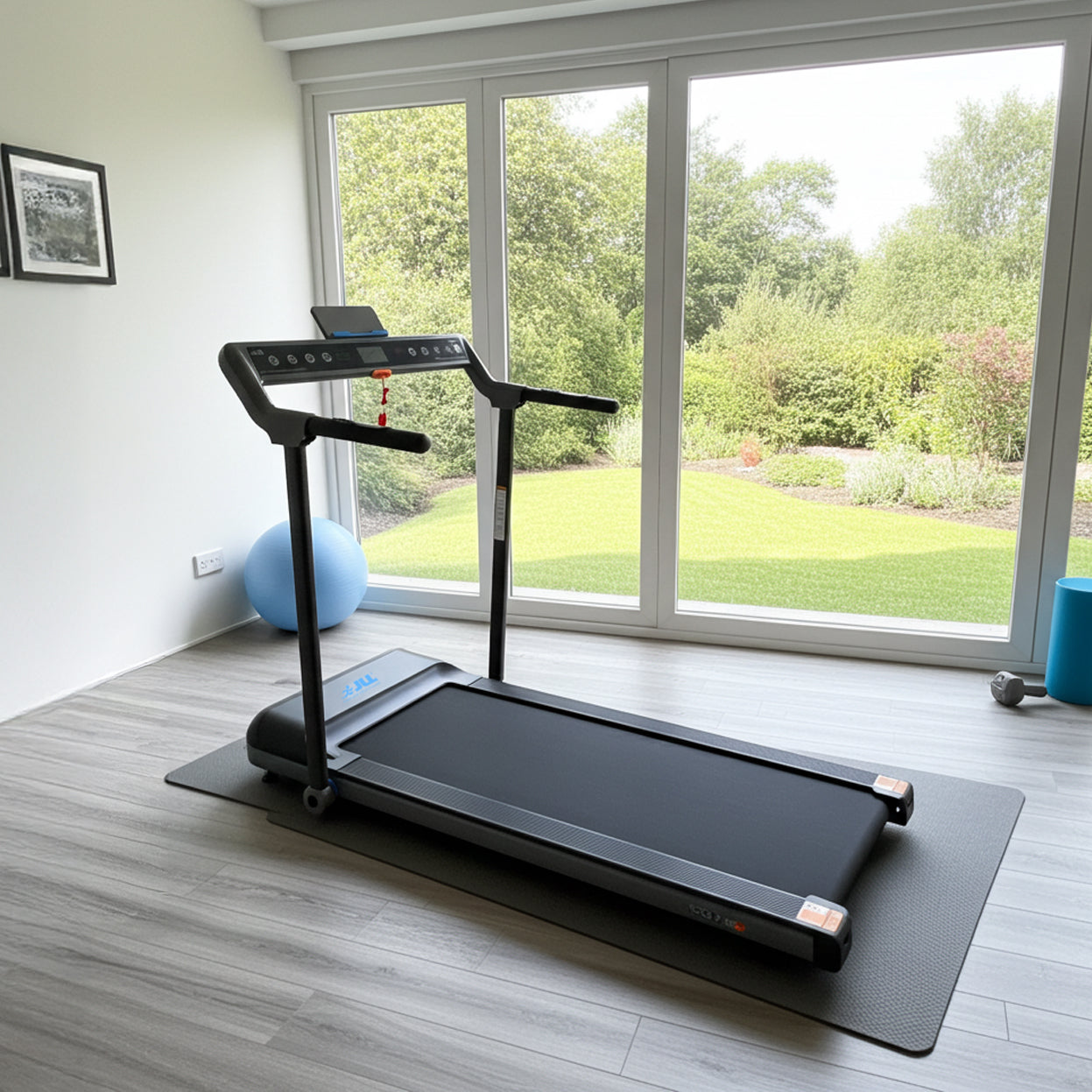
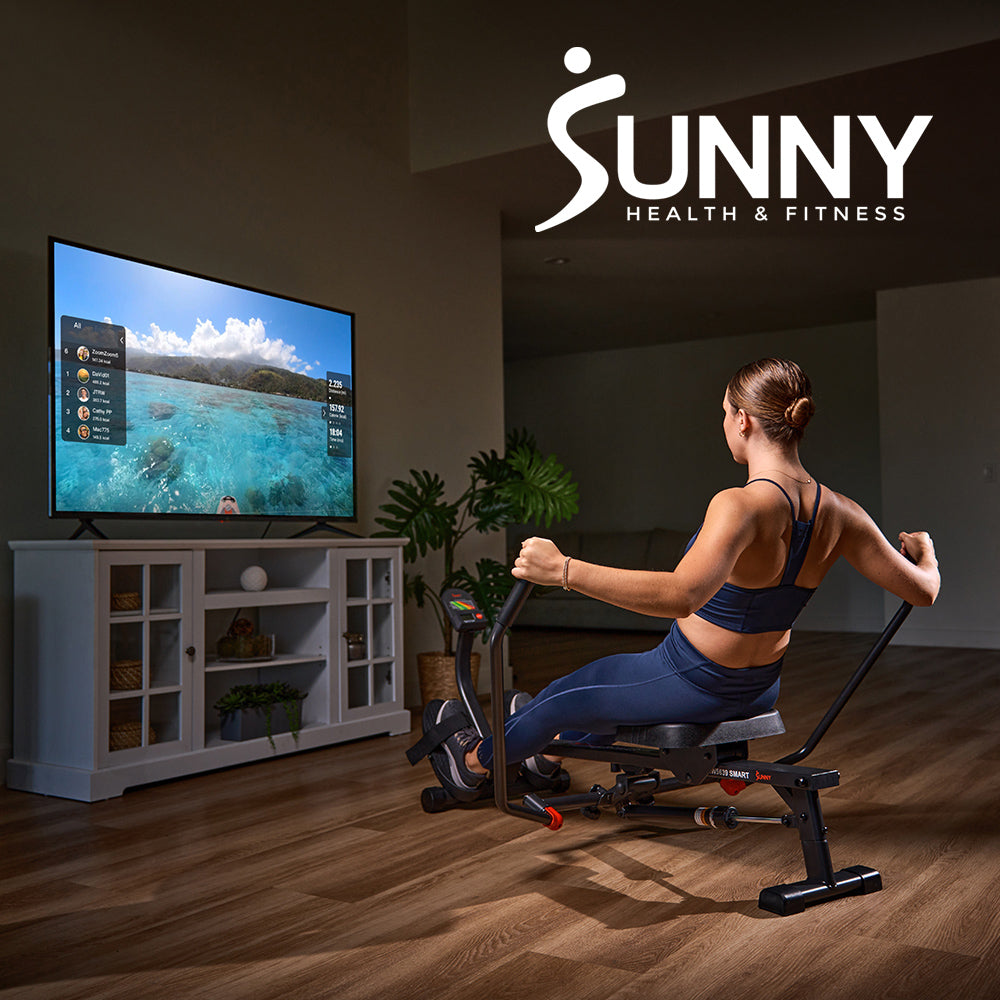
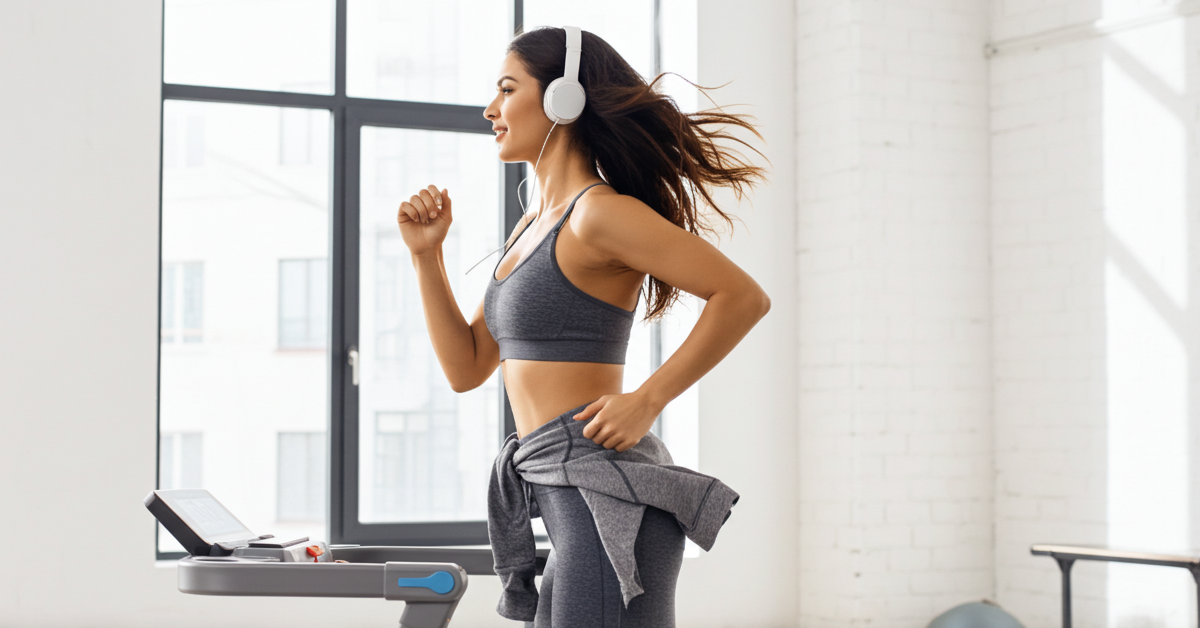

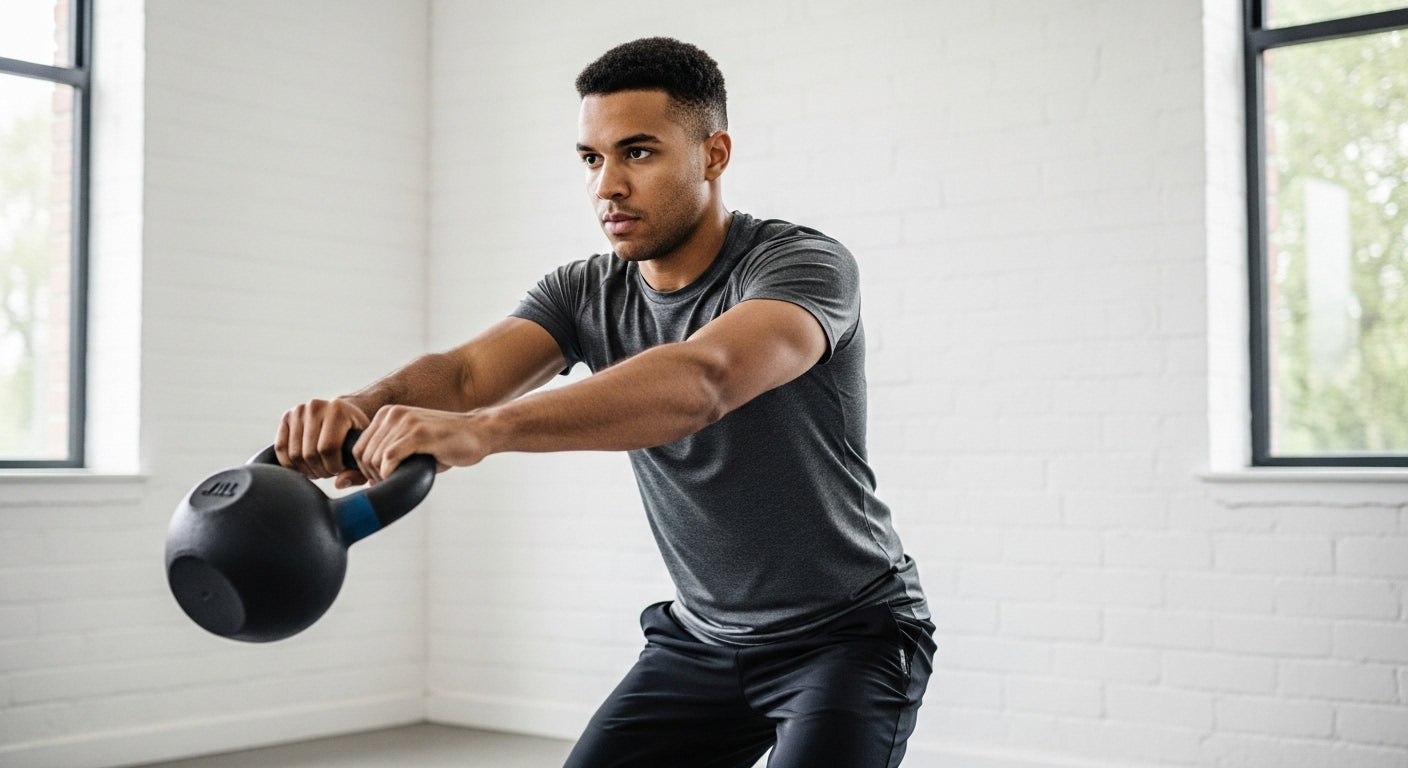
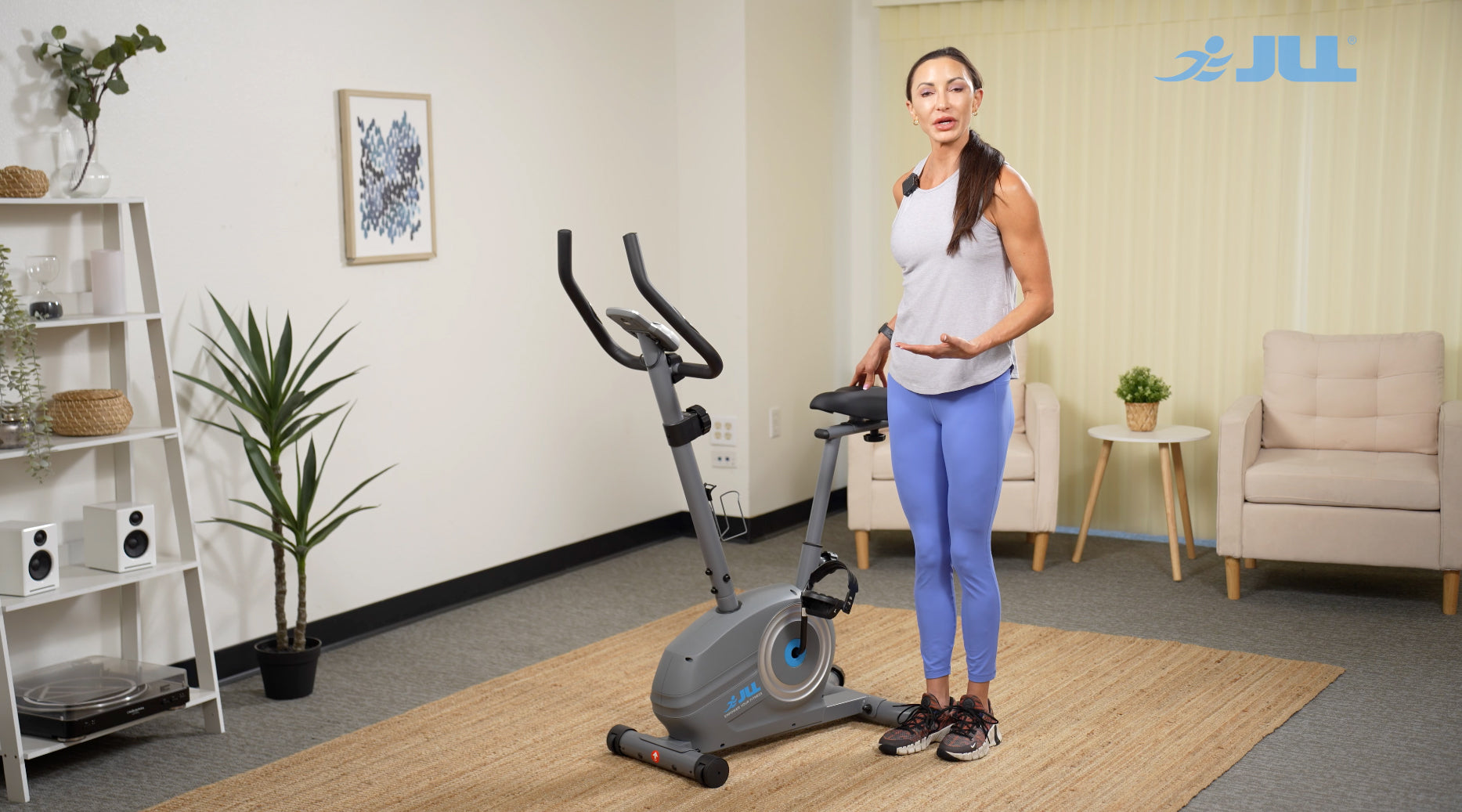



Leave a comment
All comments are moderated before being published.
This site is protected by hCaptcha and the hCaptcha Privacy Policy and Terms of Service apply.